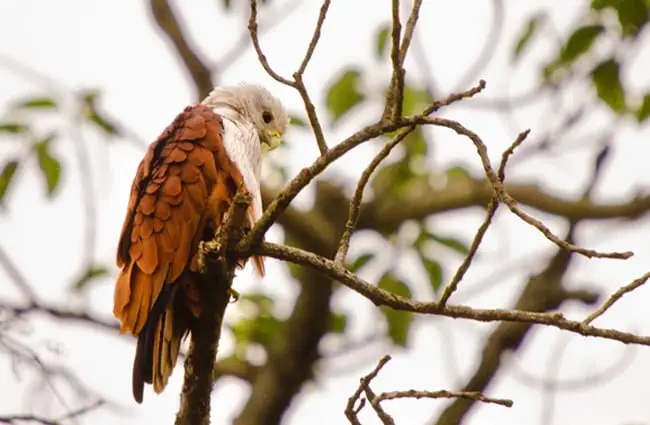
Primarily a scavenger, the Brahminy Kite feeds on dead fish and crabs, especially in swamps and swamps, but occasionally preys on live prey such as hares and bats. The characteristic white head and chest and the chestnut brown back, wings and tail make the Brahminy kite easy to distinguish from other birds of prey. The length of the Brahminy kite is 43 to 51 cm and the wingspan is 110 to 125 cm. They are found in the Indian subcontinent, Southeast Asia and Australia. The Brahminy kite gets its name from its role in Hindu mythology, in which this bird of prey is seen as the messenger of the god Brahma. The bird is related to the whistling kite (Haliastur sphenurus). Image Author: Challiyil Eswaramangalath Vipin from Chalakudy, India | Image License: cc-by-sa-2.0Ĭurrent topic in Birds of India: Brahminy kite - Haliastur indus.The Brahminy Kite (Haliastur indus) is a bird of prey in the Accipitridae family.

Small mammals, reptiles, birds, fish and carrion Indian subcontinent, Southeast Asia, and Australia The IUCN (International Union for Conservation of Nature) has categorized and evaluated these brahminy kite species and has listed them as "Least Concern".īiological classification of Haliastur indus Habitat loss and use of agricultural pesticides are the main threats in their conservation. These birds have very wide range and considered least vulnerable. The global brahminy kite population is estimated to be about 100,000 individual birds. Seasonal local movements may be made in search of food and water. The brahminy kite species are resident birds in their ranges. flavirostris is distributed in Feni Islands, Green Island and Solomon Islands. girrenera is distributed in New Guinea and Australia. intermedius is distributed in Malaysia, Indonesia and Philippines. indus is distributed in Pakistan, India, Sri Lanka, Southeast Asia and South China. Both the parents take part in rearing the chicks. The female kite appears to do much of incubating. Both the partners take part in building nest. They build nest with sticks and twigs on trees. The breeding season of these kite species is from December to April in Asia. They are known to snatch feed from other birds. They also catch and feed on live preys such as small mammals, birds, reptiles, amphibians and fish. These brahminy kite species feed mainly on dead fish, crabs and carrion. The brahminy kite species inhabits coastal plains, estuaries, rivers, lakes, swamps, marshes, reservoirs, rice fields and urban areas. Indian birds - Image of Brahminy kite - Haliastur indus The underwing carpal region has squarish shaped pale patch.

It has relatively short wings when compared to other kites in the region and the tail is rounded. The head and breast have a contrasting white plumage. The adult has chestnut back, wings and belly. The male measures 45 to 50 cm in length and weighs 400 to 650 grams. The female kite is slightly larger than the male. The brahminy kite species is a medium sized bird. Haliastur indus was earlier included in genus Falco. Other names: Falco Indus Boddaert, 1783 red-backed sea-eagle įamily: Accipitridae › Accipitriformes › Aves › Chordata › Animalia The brahminy kite species is distributed in Sri Lanka, Nepal, India, Pakistan, Bangladesh, southeast Asia and Australia.įrench: Milan sacré German: Brahminenweih Spanish: Milano brahmán The brahminy kite ( Haliastur indus) belongs to the family Accipitridae. Home › Black kite › Brahminy kite - Haliastur indus.


 0 kommentar(er)
0 kommentar(er)
